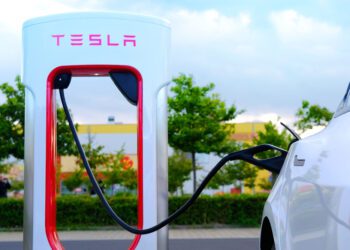After months of shortages, new cars are gradually reaching the U.S. market as supply chain disruptions improve. The concern now is affordability, as American consumers battle with inflation and general economic uncertainty.
As the Federal Reserve increases interest rates, consumers are finding it more difficult to access financing plans. On top of other rising consumer costs, buying a new car is likely not at the top of everyone’s list. This comes at a time when the automotive industry was just getting back on its feet after the pandemic.
Many automakers were relying on a post-pandemic boost in demand to sell more cars once they were back on U.S. lots. The country’s automotive inventory rose to approximately 1.43 million units at the end of September, the highest level seen since May 2021. This marks a 160,000-unit increase from August.
With a lower sales outlook, automakers may shift their strategy to focus on high-end car sales. Many firms have already been concentrating on delivering their most expensive vehicle models to balance profits against low demand. However, this has led many consumers to instead buy used vehicles.
In the third quarter of 2022, the average financing for a new vehicle totalled $41,347, a record high. Earlier in the year, this figure stood at $38,315. The average monthly payment was $700, with 14% of consumers paying $1,000 a month or more. This is a trend that is unlikely to change until greater economic stability and lower levels of inflation are seen.












